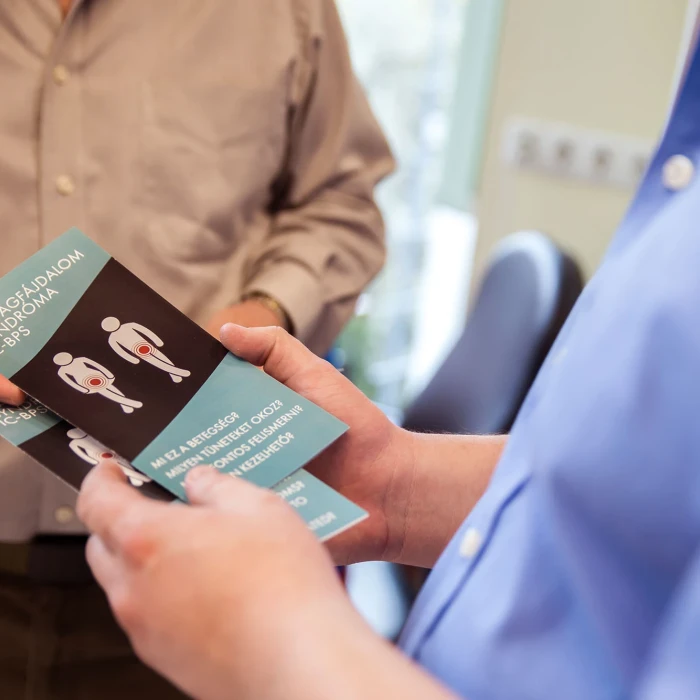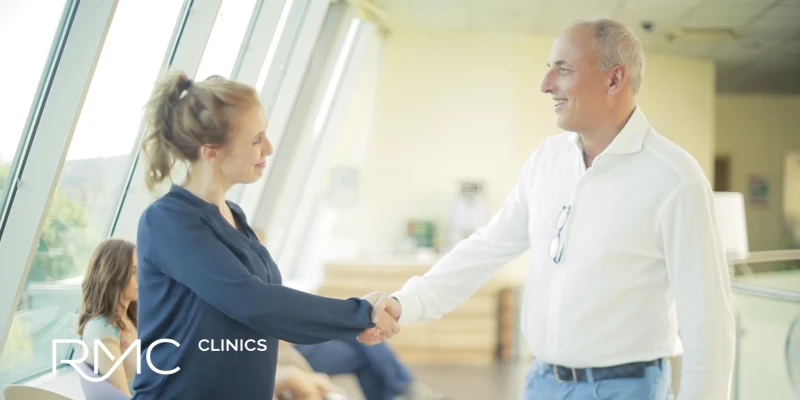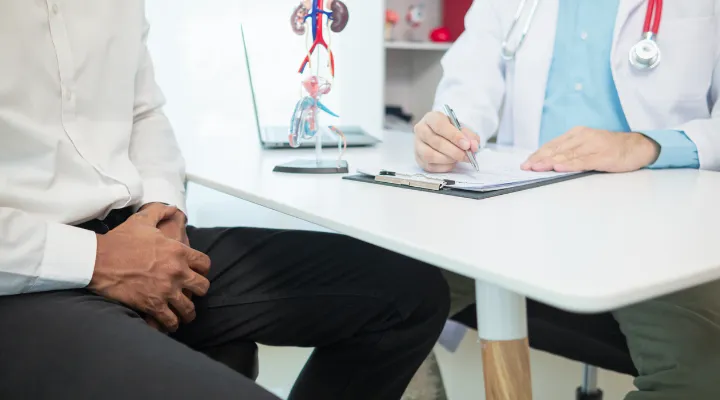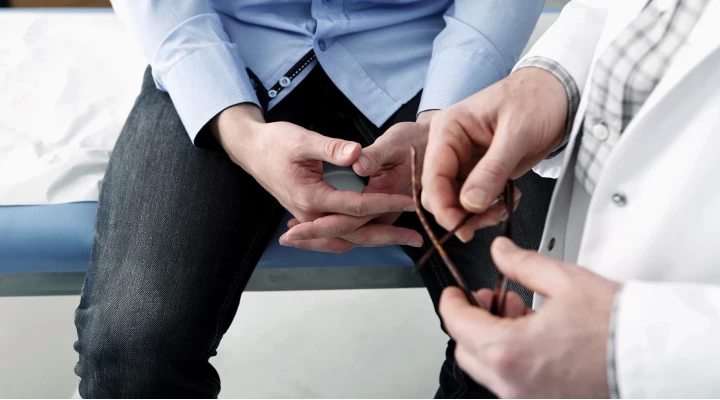What is bladder pain syndrome?
The current position of medical science is that this condition cannot be completely cured, although early treatment can lessen the complaint and in many cases the patient will be completely free of symptoms after four to five months of treatment. Successful treatment always requires follow-up care and regular check-ups, as further treatment can still be successful if even symptoms do return.
The condition has the following symptoms:
- Very frequent urination, small quantities: bladder emptied up to 50-60 times during the day, 15-20 times during the night
- Pain in the bladder or pelvic area, which can worsen when the bladder is full
- Sudden, urgent need to urinate
More serious symptoms can adversely affect the sufferer’s quality-of-life, often leading to depression, and in the most serious cases, suicide.
Once the patient has been admitted, the condition is diagnosed through a detailed screening process. In order to provide a correct diagnosis, it is very important to eliminate the possibility of other illnesses or conditions that have similar symptoms. These include inflammations, bacterial infections, kidney stones and cancer.
The cause of bladder pain syndrome is unknown, but the condition can be identified through its symptoms. Pain is caused when the protective membrane lining the surface of the bladder becomes permeable, allowing the waste materials contained in the urine to irritate the bladder. Where the membrane is damaged, there is a proliferation of pain receptors, resulting in an overwhelming stinging and burning pain that reduces the capacity to retain urine.
Treatment for bladder pain syndrome
Thanks to innovative medical techniques, several solutions are now available to reduce symptoms.
- In the early stages of the condition, a suitable diet with the elimination of caffeine and alcohol, as well as fruit juice and food that makes urine more acidic, can relieve complaints.
- More serious cases require medical intervention and treatment. The most effective form of treatment is medicinal treatment on the affected area (via an injection into the bladder), which substitutes the damaged bladder lining. This can relieve any inflammation and reduce discomfort. This is only a temporary solution and symptoms may return after a short time period.
- Longer-lasting results can be obtained by “burning” away the affected area and destroying the pain receptors that have built up, thereby providing immediate pain relief. This procedure is a one-day endoscopic surgical operation, with increasingly infrequent bladder injections (known as bladder installations) also required.
- Though this condition cannot be completely cured according to our current knowledge, patients can remain pain-free for years by undergoing follow-up treatments, with bladder injections every six to eight weeks.
- In order to reduce the long-term burdens and costs of receiving follow-up care, patients can also treat themselves in their own homes, using self-catherization and medicinal bladder treatment. A new RMC training program is now available to provide assistance.
- In order to reduce the long-term burdens and costs of receiving follow-up care, patients can also treat themselves in their own homes, using self-catherization and medicinal bladder treatment. A new RMC training program is now available to provide assistance. Learn more >>
Our related doctors
Any questions before booking an appointment?
If you are unsure which doctor to see or what examination you require, we are here to help!
Simply request a free callback from one of our colleagues, who will help you find the right specialist based on your specific issue.








Reviews